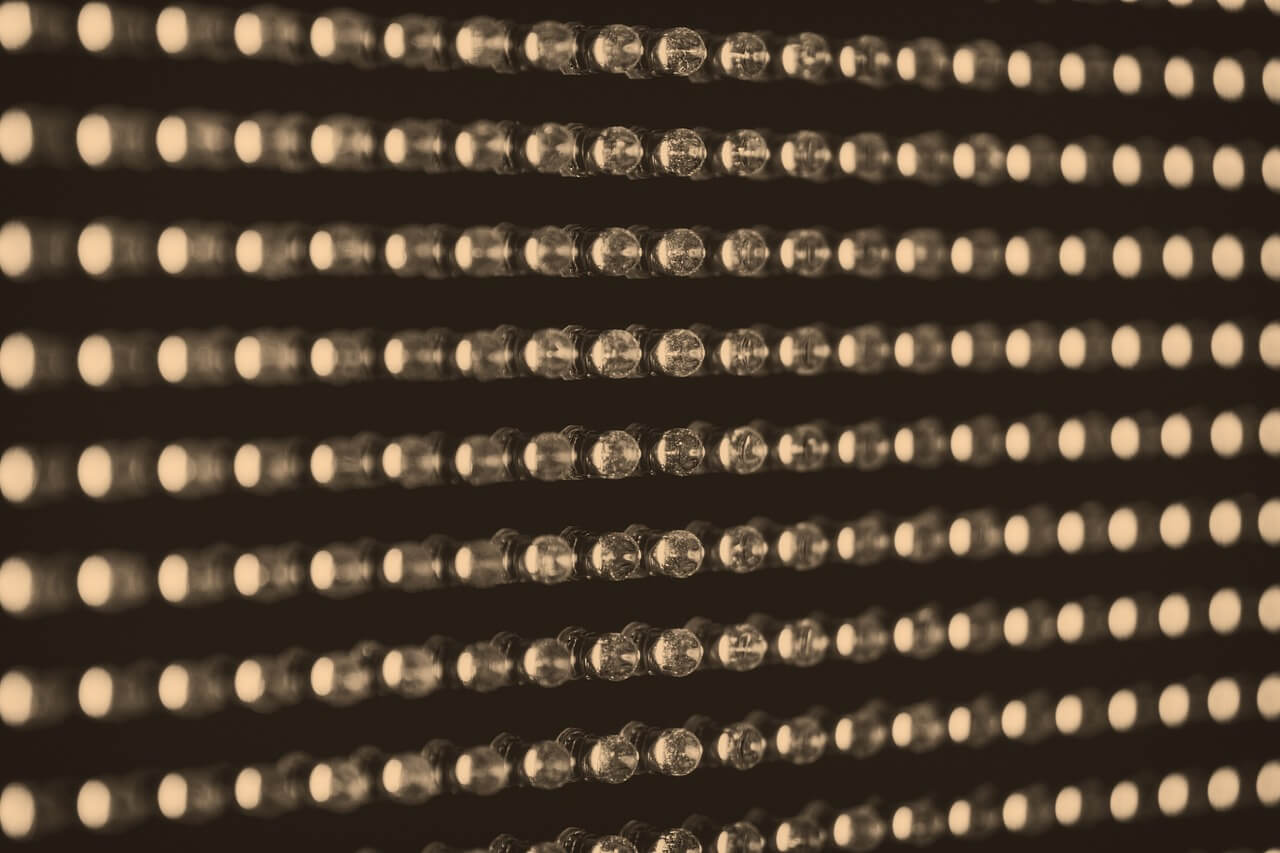Although this has largely been imperceptible, lighting technology has come a long way in the past few decades, and many things considered essential in legacy fluorescent lighting systems are no longer needed in modern LED setups.
One of the most common terms you’ll hear when you research designing your lighting will be a ‘ballast’, so what is it exactly? What is its function? Is it necessary for LED lighting setups? Can it be detrimental to them? In this piece, we’ll offer comprehensive answers to all these questions and more. If you want to learn everything there’s to know about ballasts in relation to LED lights, read on!
What Are Ballasts?
Many fluorescent and HID lights have lighting ballasts as a critical component that enables the current to be regulated according to bulb type. Fluorescent and HID lights won’t stay lit up for very long without ballasts to control current flow at different voltages. They’ll quickly burn out, rendering them useless without ballasts.
The ballast is probably what you were hearing if you’ve ever passed a standing light fixture or ceiling batten and heard a low humming or buzzing sound. A ballast is essentially a form of electrical resistor or reactance that is installed in line with the circuits that provide a light bulb with electricity. A ballast’s primary function is to assist in controlling and regulating the provided current during various operating phases (and voltages) for certain bulb types.
Some lighting types require an extra component to manage the flow of electricity appropriately, both during their switch-on (peak power draw) phase and in the protracted usage (lower, more tightly regulated current) phase. This component is the ballast.
Not only a necessity, but a ballast can provide additional benefits as well: Combined with a dimmer, thanks to its ability to control the current and the voltage, it can provide dimming capabilities to both fluorescents and HID lighting, which is traditionally not possible. This makes it desirable for a variety of applications.
Are These LED Ballasts? Do LED Lights Need Ballasts?
In essence, LED lights do not need ballasts to function. Contrary to fluorescent lights, the current and voltage management of an LED is not delegated to a ballast. They are controlled by a device called a driver, an LED component that performs similar duties to a ballast. There is no need to buy a driver separate from the LED fixture because it is built into an LED bulb. Some HID bulbs have integrated ballasts within the fixture itself — in essence, this is similar to internal LED drivers.
Additionally, an LED operates extremely differently from a fluorescent light. While the latter employs alternating current, the former uses direct current. There is no requirement for an electrical arc to ignite the electrodes in LED lighting. Its operation is akin to a binary switch with an off-and-on state, which reflects the more advanced, reliable, and effective technology used to create LED lighting.
Can LED Lights Still Be Installed in Systems With Ballasts?
Despite not needing ballasts in the first place, one of the nice things about LEDs is that they can function with ballasts installed, as well. Your old fixture and socket may include a ballast, and getting it removed so that it is LED-friendly may be expensive or time-consuming for you.
You’re in luck because a wide range of conventional fixtures and sockets, even if they include a ballast, are still compatible with LED lights. Type A, “plug and play” LEDs are available with a pre-installed specialized driver that enables the fixture to work with systems that have ballasts pre-installed.
You can replace your fluorescent lights with energy-efficient, environmentally-friendly LED bulbs right now without having to take your system apart, rewire it, or do challenging electrical work. The Installation is simply as easy as changing a light bulb and just takes a few minutes.
Though, you need to be careful. Installing Type B and Type C LED bulbs is going to be more difficult. In order to deliver line voltage directly to the light holders or sockets, the Type B fixture needs rewiring. While in Type C LED bulbs, you need to install an external driver and hook it to the system.
Summary
Ballasts have been an essential part of many types of traditional lights, and even today, many lighting setups still include ballasts. If you are going to upgrade to LED lighting, you need to know what ballasts do, whether they are necessary, and how they interact with LED lighting. In this article, we went over each point in detail.




